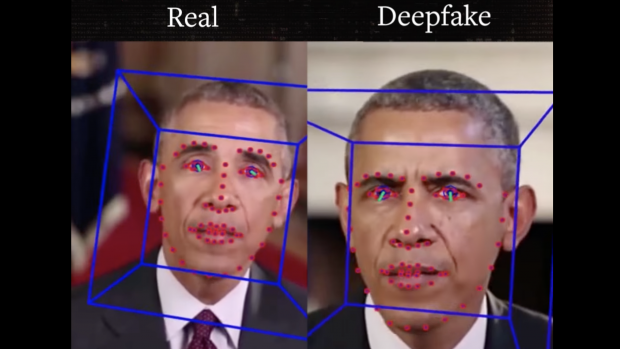Deepfake videos are getting better, and the pentagon is worried

Algorithms also compare slight differences in movement between a head and altered face, and how light reflects in a person's eyes. In a real image, light will bounce back the same in each eye. Not so for a lot of deepfakes. Media manipulation is getting better, more believable. Developers are working on a way to embed authentication codes in media, serving the same reassuring function as a blue check on Twitter or watermark on a $100 bill.
"If it's just video of me talking to you, nobody cares, right? That's not a big deal," said Nasir Memon, vice dean and professor at NYU Tandon School of Engineering. "But if it's a video captured by law enforcement using a body camera, we care. People's lives matter based on that video."




